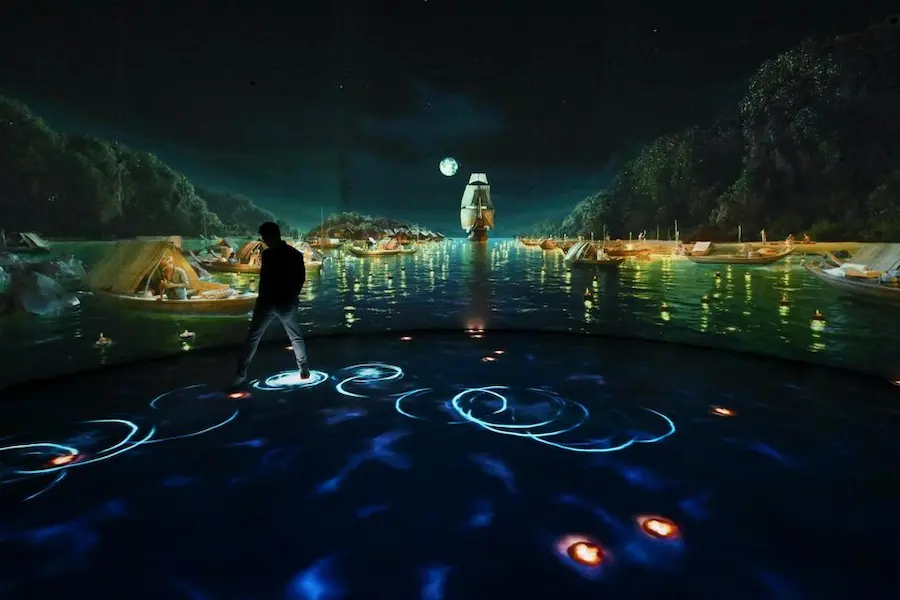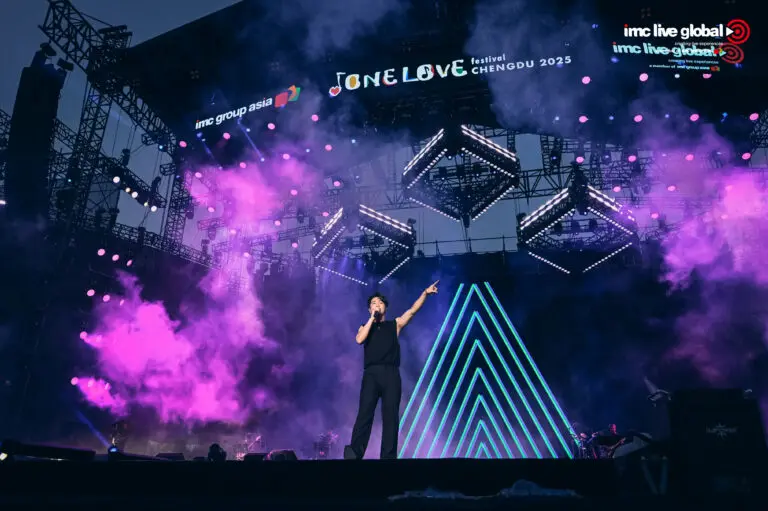Vietnam’s Sky-High Adventures: Cable Car Journeys to Majestic Buddhas and Quaint European Hamlets

Vietnam’s rapid transformation from a war-torn country to a flourishing tourist destination is nothing short of miraculous. Among the marvels fueling this growth is an unlikely hero: the cable car. These sky-high adventures are not only changing the way tourists experience the country’s beauty but also how they perceive Vietnam’s place on the world stage. In this blog, we’ll embark on a journey through Vietnam’s cable car experiences and the cultural conversations they spark.
Vietnam’s Cable Car Renaissance
Suspended 50 stories above the sapphire sea, a cable car glides towards Hon Thom Island, off the coast of Phu Quoc. Below, a tapestry of wooden fishing boats dots the water. This scene encapsulates Vietnam’s new phase of development, one that leans heavily on tourism, technology, and infrastructure.
Vietnam hosts some of the world’s longest cable cars, marking a stark departure from its past towards a future where innovation and tourism walk hand-in-hand. This bonanza is not just about connecting points A and B; it’s about crafting an experience, transforming the very essence of travel and sightseeing in the nation.
Sun World, Hon Thom, and Sunset Town: A New Reality
Vietnam’s embrace of cable car technology is part of a broader narrative of economic upswing. A cable car journey is not just a ride, but a symbol of prosperity and progress. The Doppelmayr Group of Austria, paired with Vietnam’s Sun Group, has been instrumental in this ascent. Their joint ventures have produced record-breaking projects that push the boundaries of what cable car systems can achieve.
With the arrival of cable cars and the consequent boost in tourism, towns like Sa Pa have undergone dramatic changes. While some locals appreciate the economic benefits and accessibility these systems provide, others worry about the potential damage to scenic landscapes and local traditions.
Environmentalists, in particular, watch warily as projects expand into UNESCO-listed areas, potentially disrupting ecosystems and the natural beauty that draws tourists in the first place.
Tourism’s New Heights at Fansipan Mountain
The Fansipan Mountain cable car delivers passengers into the clouds, lifting them to Vietnam’s highest peak. Here, development takes a more measured approach, with a mountaintop complex that honours traditional Vietnamese pagoda architecture, providing a cultural sanctuary that respects its natural setting.
The Debate: Progress or Intrusion?
The rise in cable cars and tourism complexes triggers mixed reactions. While they’re celebrated for generating jobs and opening access to remote wonders, they’re also critiqued for contributing to overdevelopment. It’s a complex issue, intertwining economic aspirations with conservationist concerns.
A New Perspective for Vietnamese Tourism
Vietnam’s topography, with its challenging terrain, makes cable cars a logical choice for transportation. They present a less intrusive and quicker alternative to road construction, catering to the domestic tourism market that might find a European escapade out of reach but can enjoy a similar experience closer to home.
Vietnamese tourists, with their preference for scenic and accessible sightseeing spots perfect for photo ops, find these cable car experiences particularly appealing. This contrast in tourism styles highlights the cultural nuances of travel.
For some, like Frank Ngo from California, the cable car journey is more than just a scenic ride; it’s a link to his family’s past and a testament to Vietnam’s strides forward. The juxtaposition of gliding comfortably over the ocean in a gondola with his parents’ perilous escape by boat decades ago is not lost on him. It underscores the profound evolution Vietnam has undergone, now presenting a serene and picturesque country to the world.
The Heights of Change
Vietnam’s cable car revolution is a microcosm of its larger journey—from a country healing from the scars of war to one that is reaching for the skies, both literally and metaphorically. These sky-high adventures offer more than panoramic views; they invite contemplation on the country’s past, present, and future.
As tourists from around the world step into these glass boxes, they are not just witnessing the natural splendour of Vietnam; they are also participating in a narrative of change and resilience. These cable car systems are a testament to Vietnam’s ability to reimagine itself, offering a unique blend of cultural reverence and bold modernity that keeps the world coming back for more. Stay tuned to DEI for more updates.

Huawei Releases the ISP/MSP Business Success Driven by RAMS White Paper

Siam Paragon Bangkok Watch Week 2025 Opens with a Historic Celebration

Apical Joins Industry Leaders to Launch Aceh Sustainable Palm Oil Working Group

Singapore: Report Illegal Ride-Hailing Services Via New Channels

LTA Hello Kitty Campaign Launches Move Lite Adventure Nov 2025

Singapore Odyssea at National Museum: Interactive Maritime Journey

One Love Asia Festival 2025: Singapore's Ultimate Mandopop Celebration

Huawei Releases the ISP/MSP Business Success Driven by RAMS White Paper

Siam Paragon Bangkok Watch Week 2025 Opens with a Historic Celebration

Apical Joins Industry Leaders to Launch Aceh Sustainable Palm Oil Working Group







